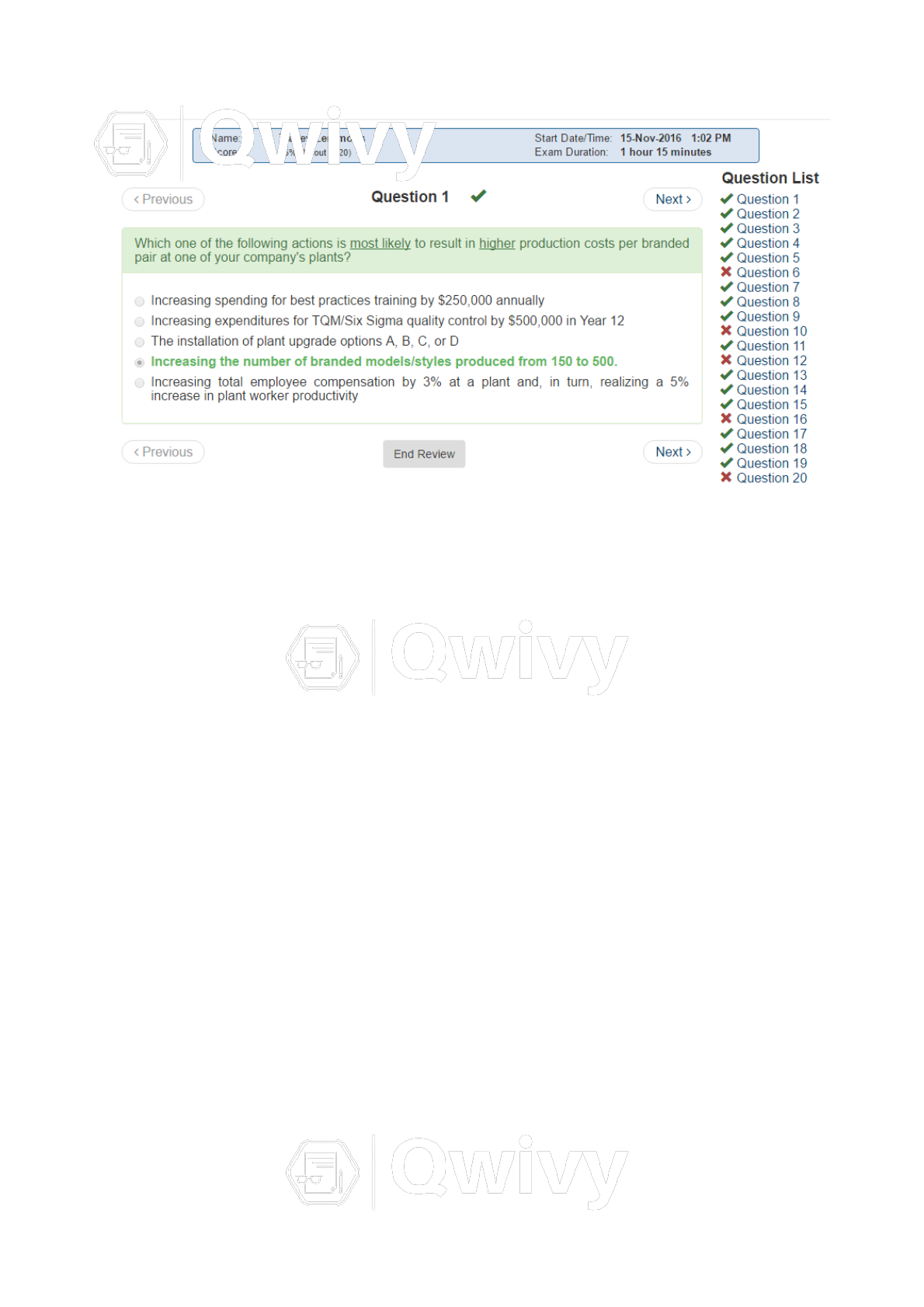
P a g e | 1
Three Jays Corporation Case
Study
LOGS 6654 Distribution & Inventory Control
Spring 2018
Dr. Sara Liao-Troth
Three Jays Corporation Timeline
1954 – Fremont Jams and Jellies (FJ&J), founded by Alex Fremont, parent company
to Three Jays (3Js)
1971 – FJ&J entered into a contract with major super market to product private label
jams and jellies
1980 – Andrew Fremont joined FJ&J after graduating from business school, focused
on increasing the overall efficiency of FJ&J manufacturing processes
1992 – Andrew Fremont named President of FJ&J
2000 – FJ&J only producing private-label jams and jellies
2005 – Jana Fremont joined FJ&J after graduating college and two years in the
Peace Corps, founded Three Jays Corporation to focus on organic food products
2010 – Introduction of the Economic Order Quantity method to 3Js
Executive Summary
A subsidiary of Fremont Jams and Jellies (FJ&J), Three Jays Corporation (3Js) was
founded in 2005. 3Js has established a business model of producing organic jams
and jellies under the ownership of Jana Fremont, who saw the market potential.
Production has been set up as a separate entity from FJ&J.
Core Issues
Jana Fremont is looking to make the most of the growing market for organic food
products and 3Js has seen significant growth since its start. Wanting to take
advantage of the demand, she will need to invest in a major marketing campaign
that will yield an estimated return of 20%. However, in order to fund this
1 / 2
P a g e | 2
investment, the easiest and quickest way is to reduce the finished-goods inventory,
which she believes is too high.
Fremont has tasked Brodie Arens, a new intern at 3Js that is working on his MBA,
with familiarizing himself with the production process and various costs associated
with it. After evaluating the current inventory situation, Brodie is to provide a
recommendation that will help reduce the current levels of inventory.
Analysis
3Js currently produces 141 SKUs comprised of six types of jams and jellies that are
packaged in 2, 4, 8, and 12 ounce jars, all under its own label. All raw-material
inventories, consisting of packing materials and ingredients that are used for most
of the product recipes, are purchased by a buyer at FJ&J. In order to determine the
optimal order quantity to be produced, the production team should be
implementing the Economic Order Quantity (EOQ) and Reorder Point (ROP)
calculated figures. Demand data from the first full year sales is used for the EOQ
and ROP calculations. Brodie initially begins by updating the EOQ and ROP figures
for each stock keeping unit (SKU) using 2012 demand data because the original
calculations were done in 2011 with sales numbers from 2010.
Comparison table of years 2011 vs 2012 found in Appendix 1
However, Brodie quickly determines that the formal production planning system
was being ignored by the production team for several reasons. 3J’s production
crew, Jake and Josh, felt that changing the lines would require more cost. By
reducing the number of line changes as much as possible, they thought they were
saving money. It was also thought that a longer run would ensure that there would
be less production delays due to emergency situations while changing the lines.
Jake and Josh also kept safety stock too high for fear of stock outs. This lead to high
and costly inventory levels. It affected the inventory turnover rate. They
erroneously established a technique known as Periodic Order Quantity (POQ)
method.
POQ table found in Appendix 2
Brodie has to decide what needs to be done with the system and how to implement
his recommendations. Brodie starts by questioning the EOQ calculations as it will
assist in reducing ordering and inventory carrying charges. He determined the EOQ
assumptions to be as follows:
Unit cost remains constant and does not vary
There is no demand uncertainty
Constant demand over time
There are no stock-out costs
Immediate replenishment of inventory
Powered by qwivy(www.qwivy.org)
2 / 2
| Version | 2021 |
| Category | Exam (elaborations) |
| Included files | |
| Authors | qwivy.com |
| Pages | 8 |
| Language | English |
| Comments | 0 |
| Sales | 0 |






{{ userMessage }}





